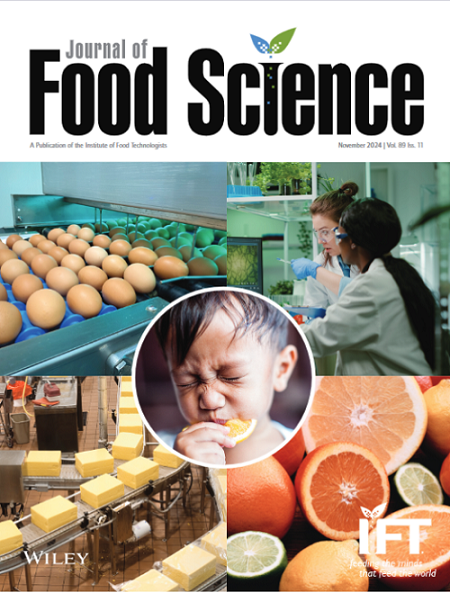Lipidomics-Guided Ultrasound-Assisted Ethanol Extraction of Avocado Pulp and Evaluation of Bioactive Properties
Abstract
Avocados are a valuable source of lipids with potential applications in food, nutraceutical, and cosmetic products, all requiring food-grade and environmentally friendly extraction methods. Though often enjoyed fresh, avocado pulp is also processed for oil. However, conventional extraction techniques can compromise pulp lipid composition, triggering the need for alternative methods that preserve pulp lipid integrity and meet industrial sustainability standards. Ultrasound probe-assisted extraction using ethanol, a green solvent, could be a sustainable alternative to extract lipids from avocado pulp. In the present study, lipid profiles from Hass Portuguese avocado pulp were characterized using C18 reversed-phase HPLC-MS/MS, and their biological activities were evaluated. Folch-like extraction was employed as a benchmark for comparison. Untargeted lipidomics profiling revealed over 100 lipid species across polar and neutral classes, with triacylglycerides enriched in essential polyunsaturated fatty acids. Ultrasound-assisted ethanol extraction achieved ≈70% lipid purity and yielded a lipid composition comparable to that of the conventional method. Notably, green pulp extract exhibited significant bioactivity, including moderate antioxidant activity and powerful anti-inflammatory effects, inhibiting COX-2 and reducing nitric oxide levels at low concentrations. These findings support the use of ultrasound-assisted ethanol extraction as an efficient and sustainable strategy for obtaining bioactive compounds from avocado pulp, reinforcing its potential incorporation into high-value or even new formulations.
Practical Applications
This study shows an eco-friendly method to extract healthy lipids from Hass avocado pulp using ultrasound-assisted ethanol extraction technique. This method is greener than traditional ones and produces extracts with antioxidant and anti-inflammatory benefits. These natural extracts can be used food, cosmetic, and nutraceutical or supplement industries as natural ingredients applications.


 求助内容:
求助内容: 应助结果提醒方式:
应助结果提醒方式:


